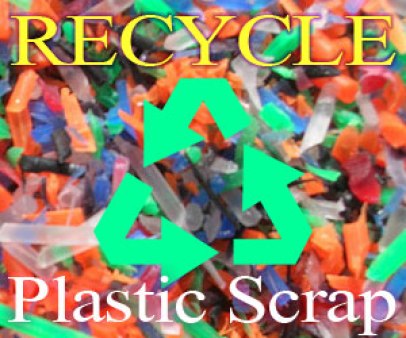via Eurekalert
Washington State University researchers have shown the fundamental mechanisms that allow tiny pieces of plastic bags and foam packaging at the nanoscale to move through the environment.
The researchers found that a silica surface such as sand has little effect on slowing down the movement of the plastics, but that natural organic matter resulting from decomposition of plant and animal remains can either temporarily or permanently trap the nanoscale plastic particles, depending on the type of plastics.
Read the full story here: here: https://www.eurekalert.org/pub_releases/2021-04/wsu-rfh042721.php





You must be logged in to post a comment.